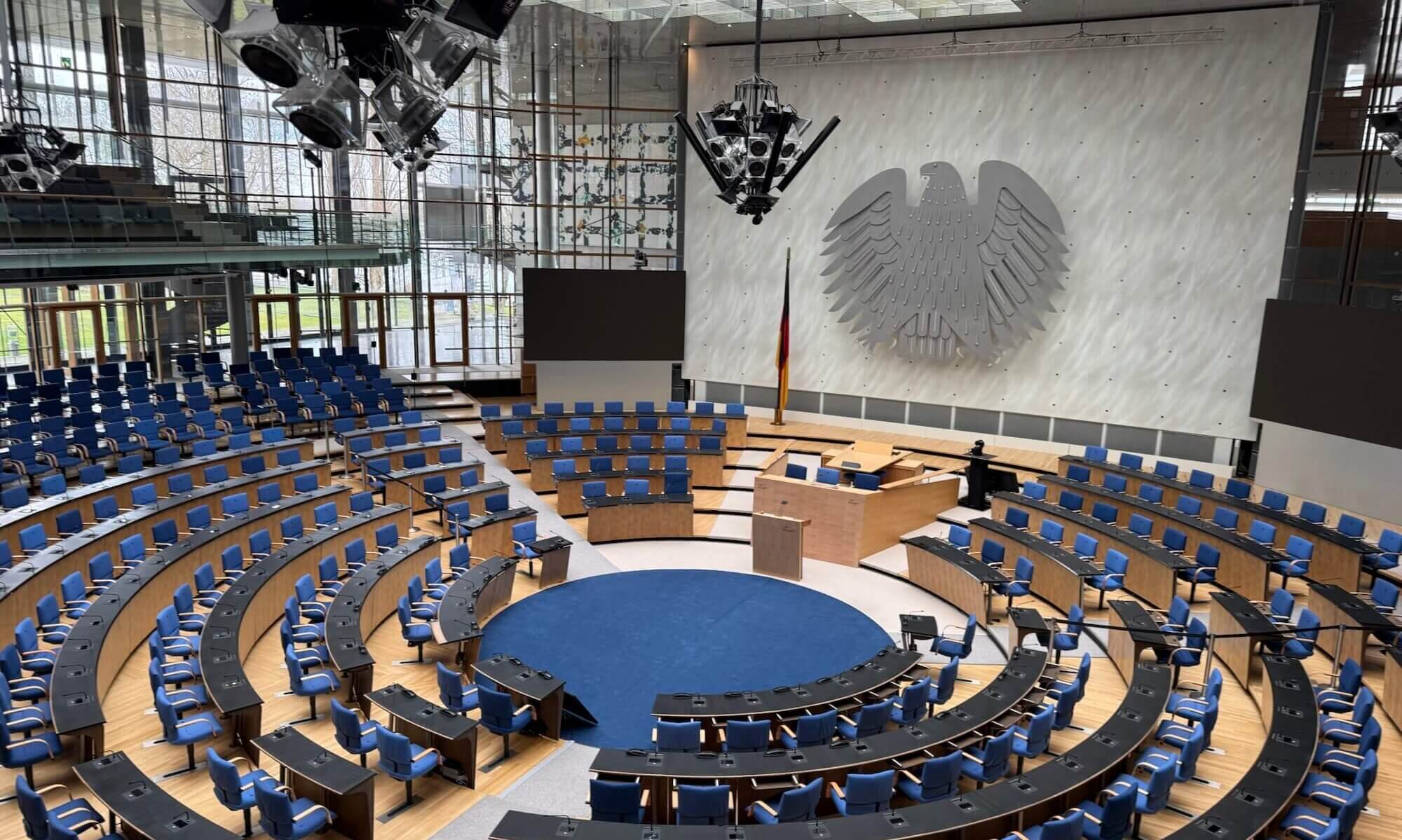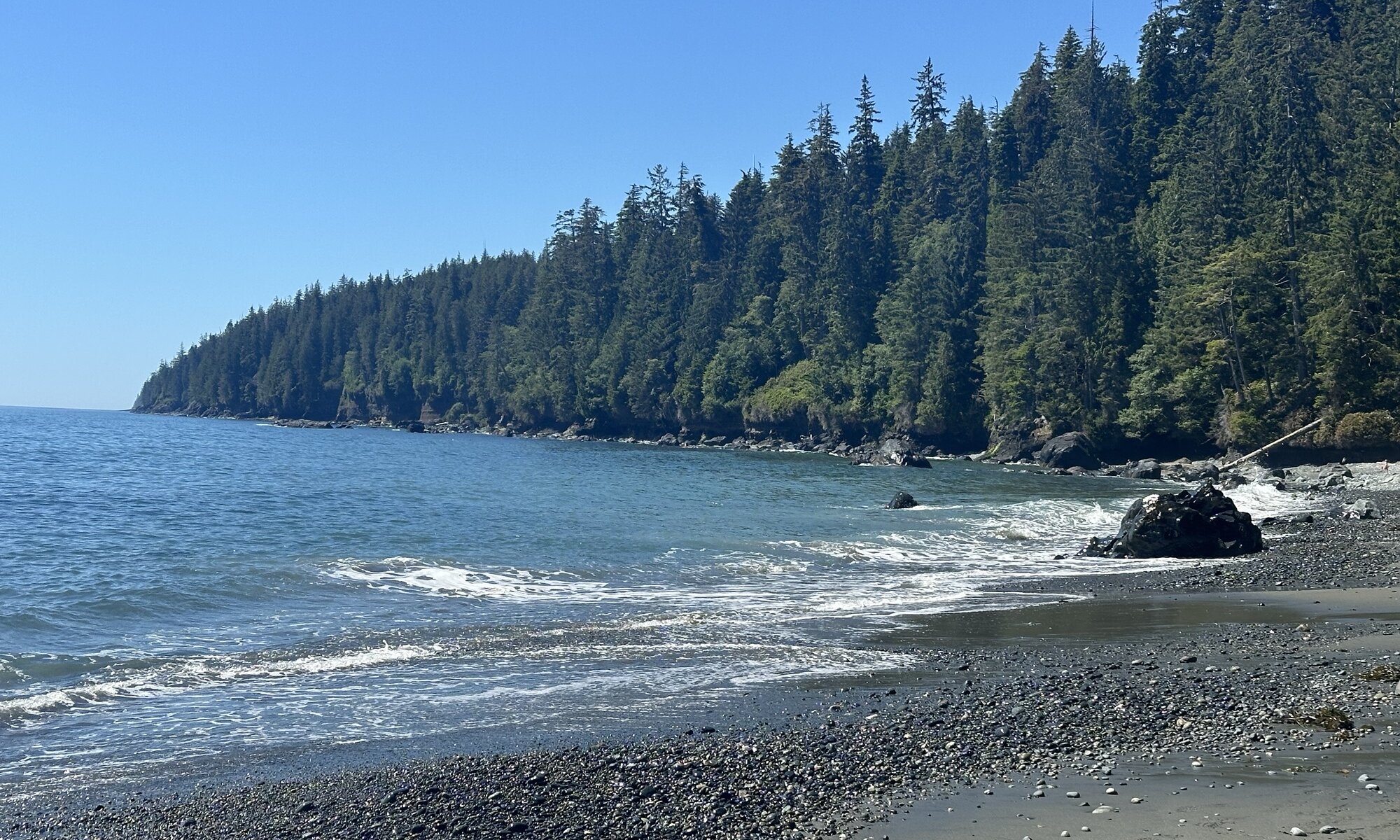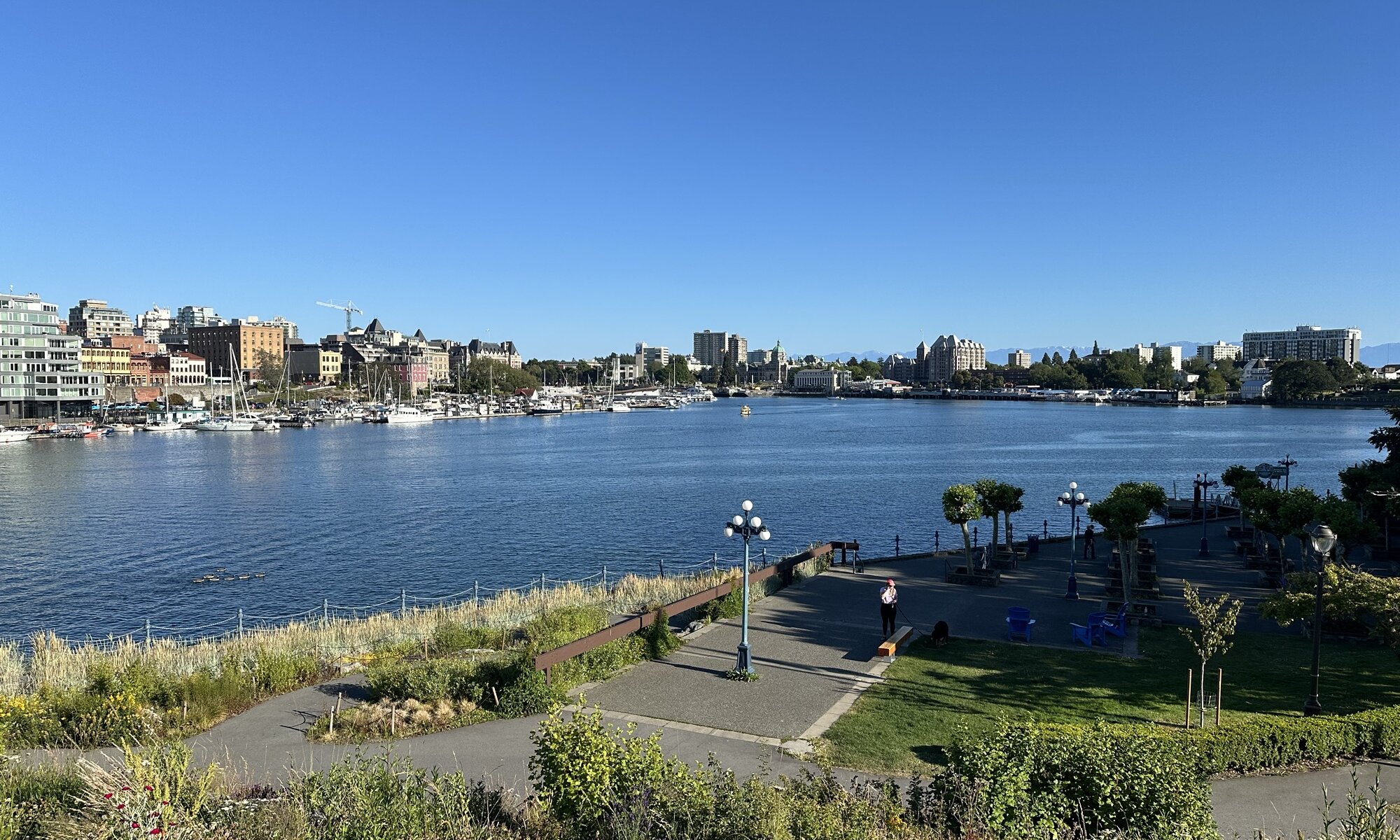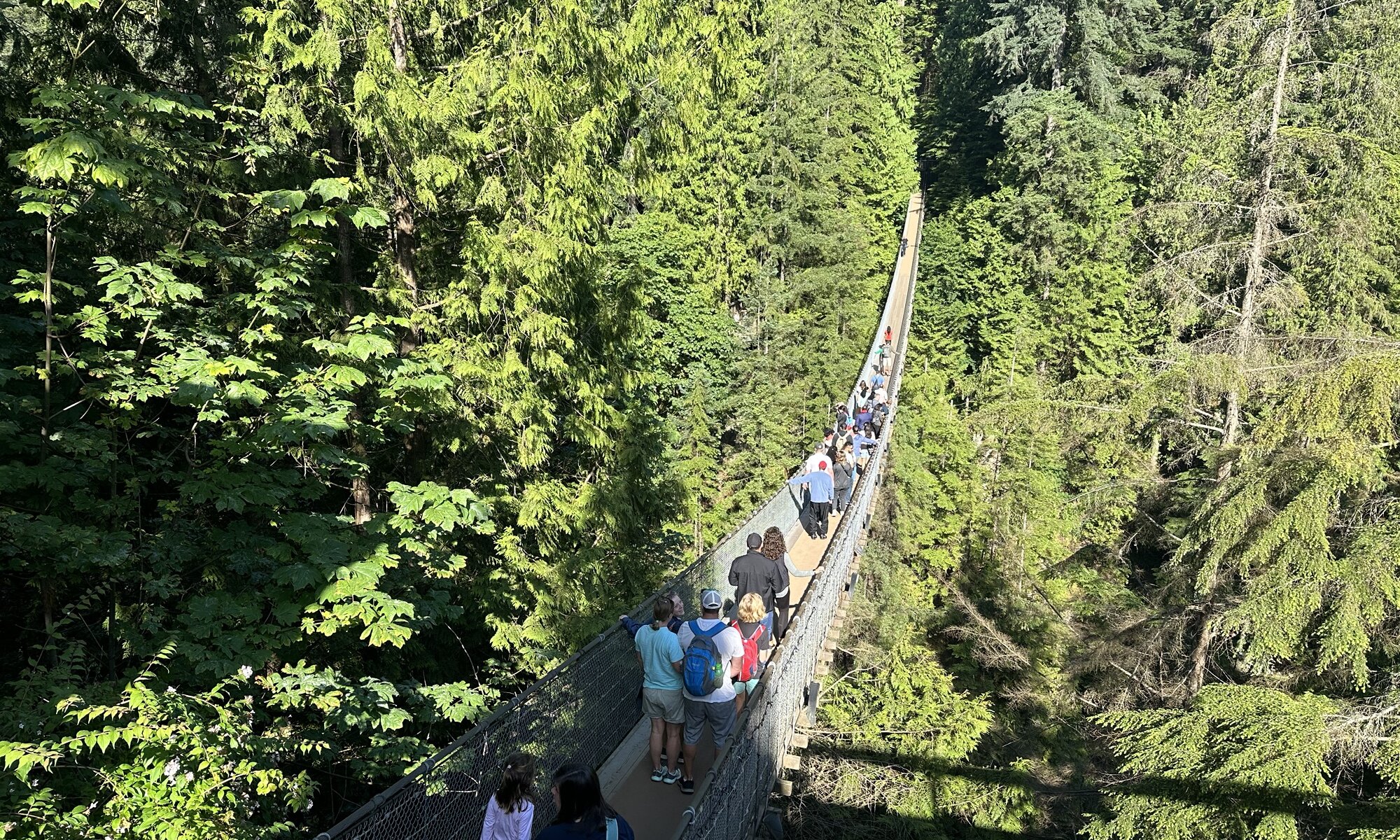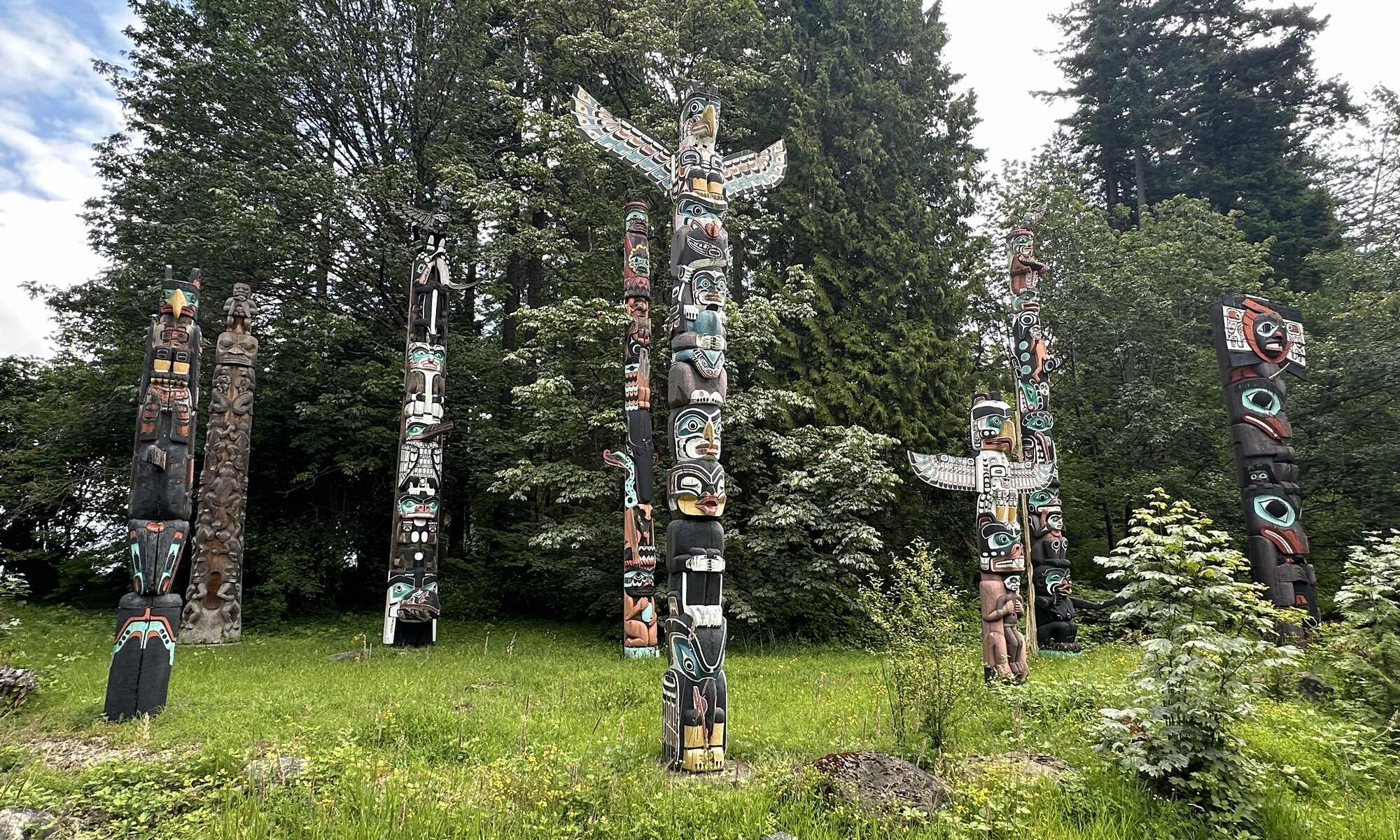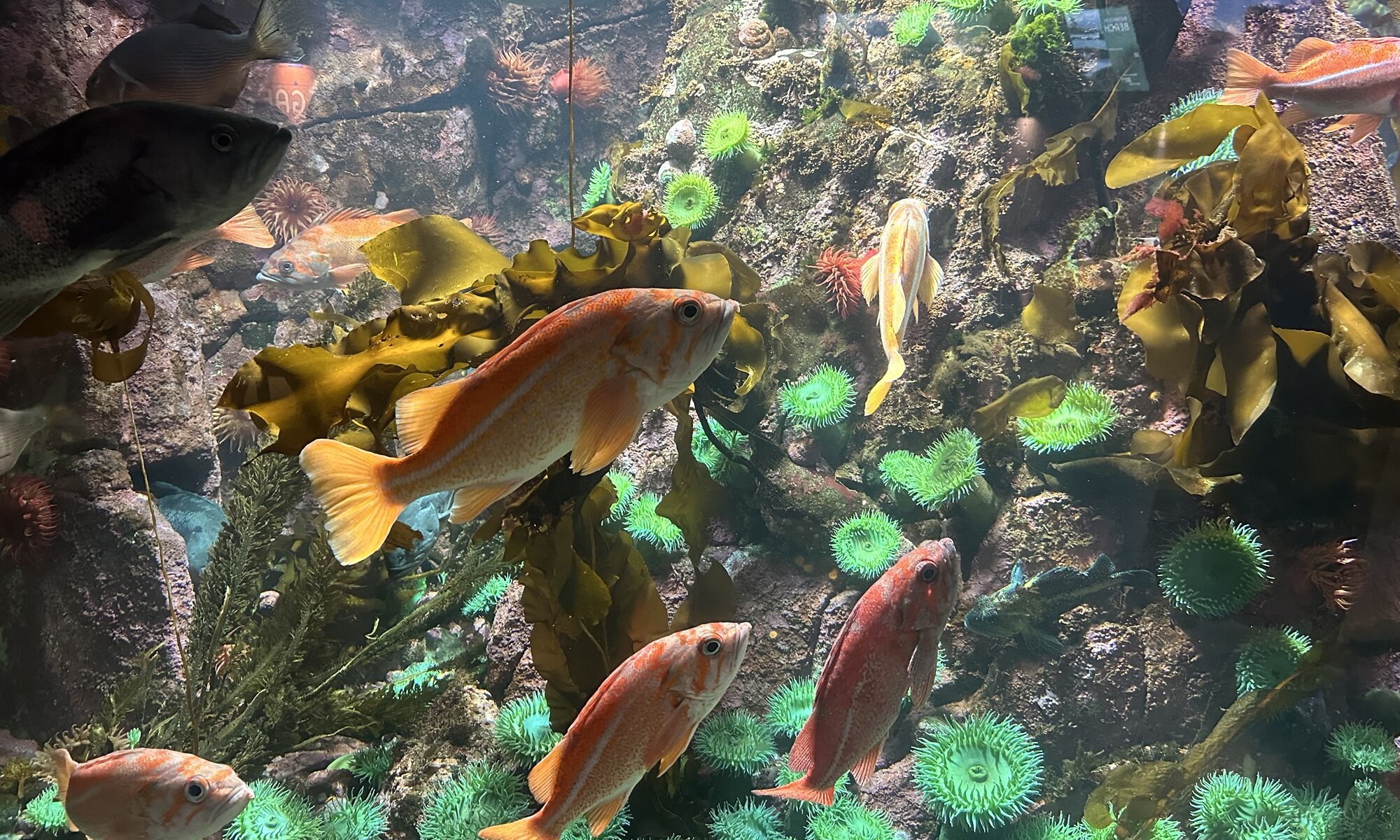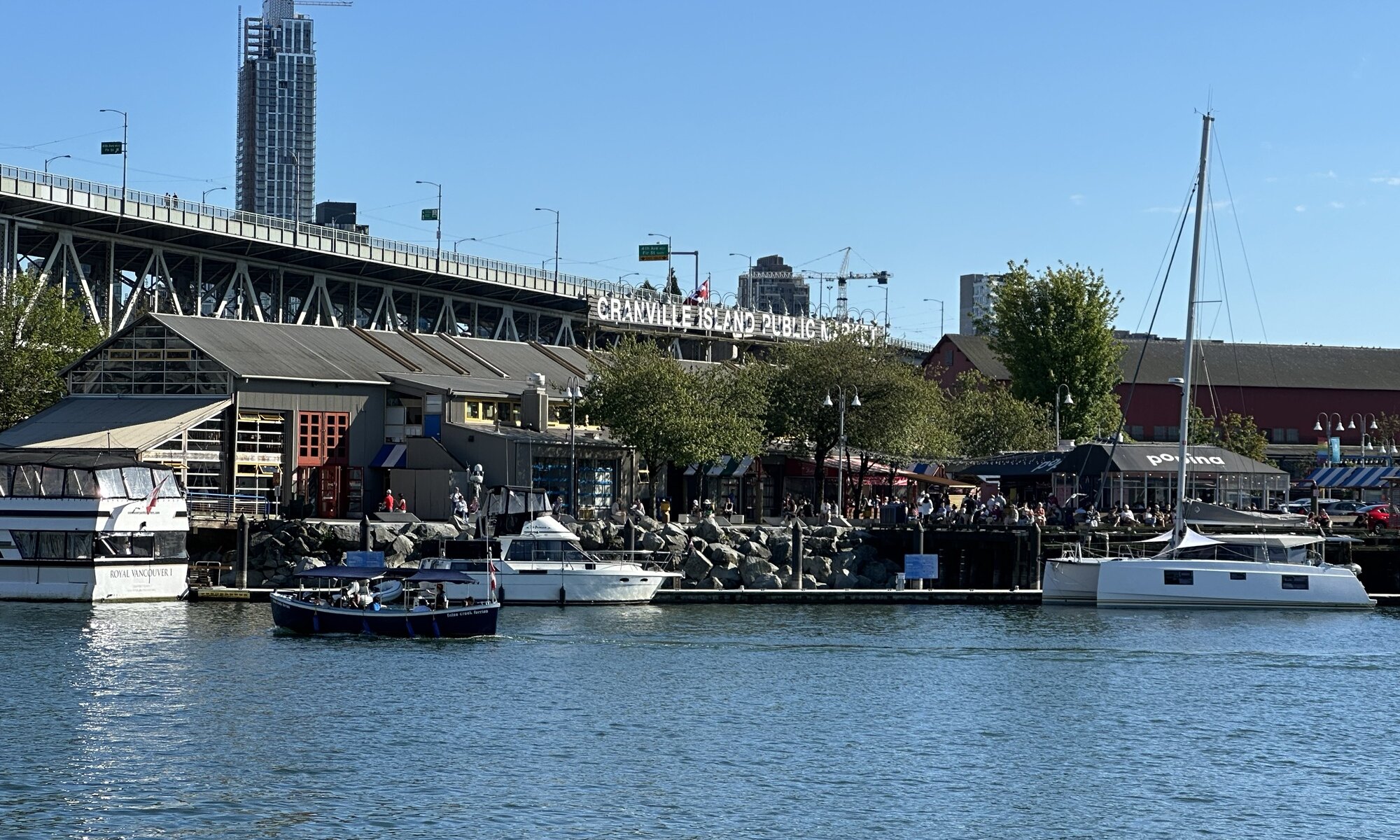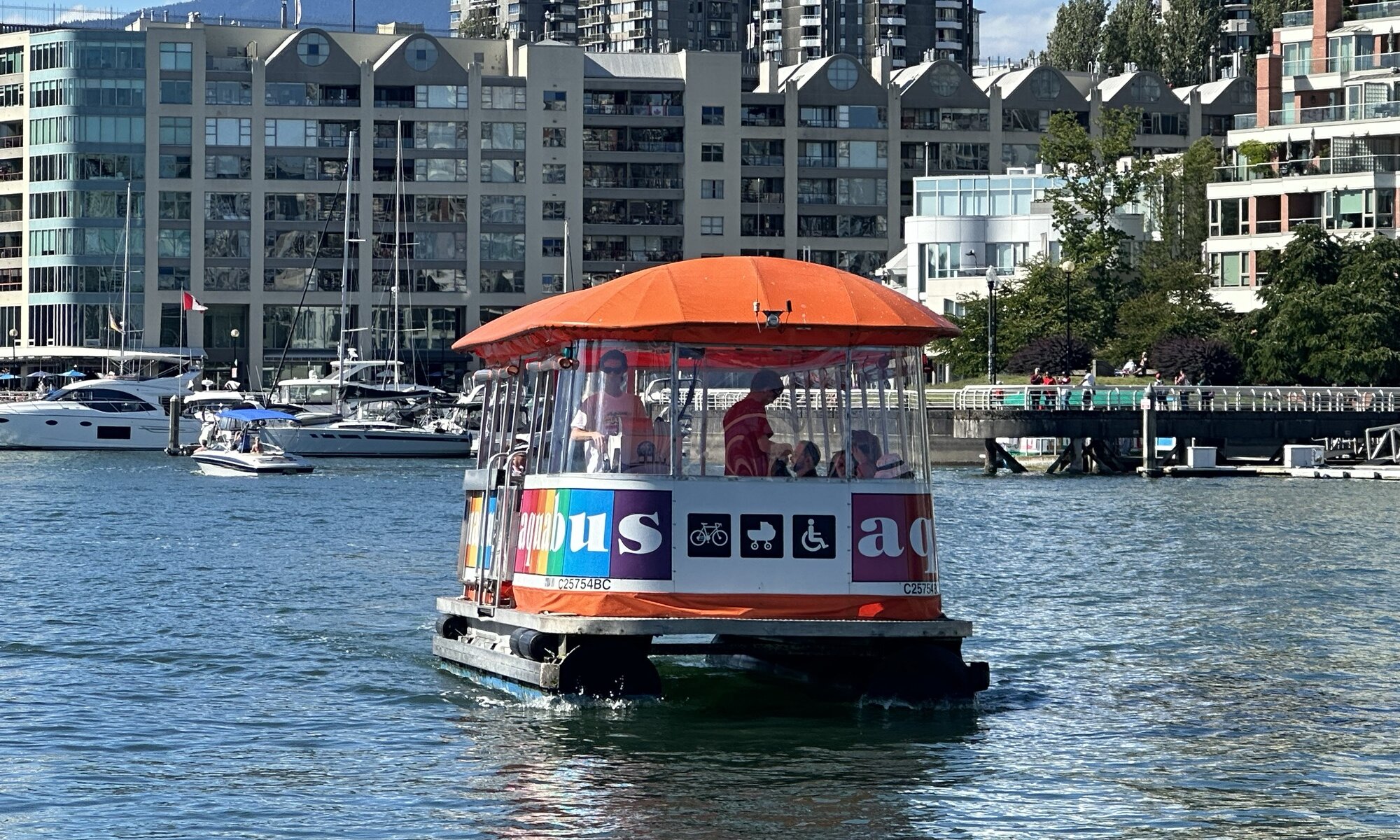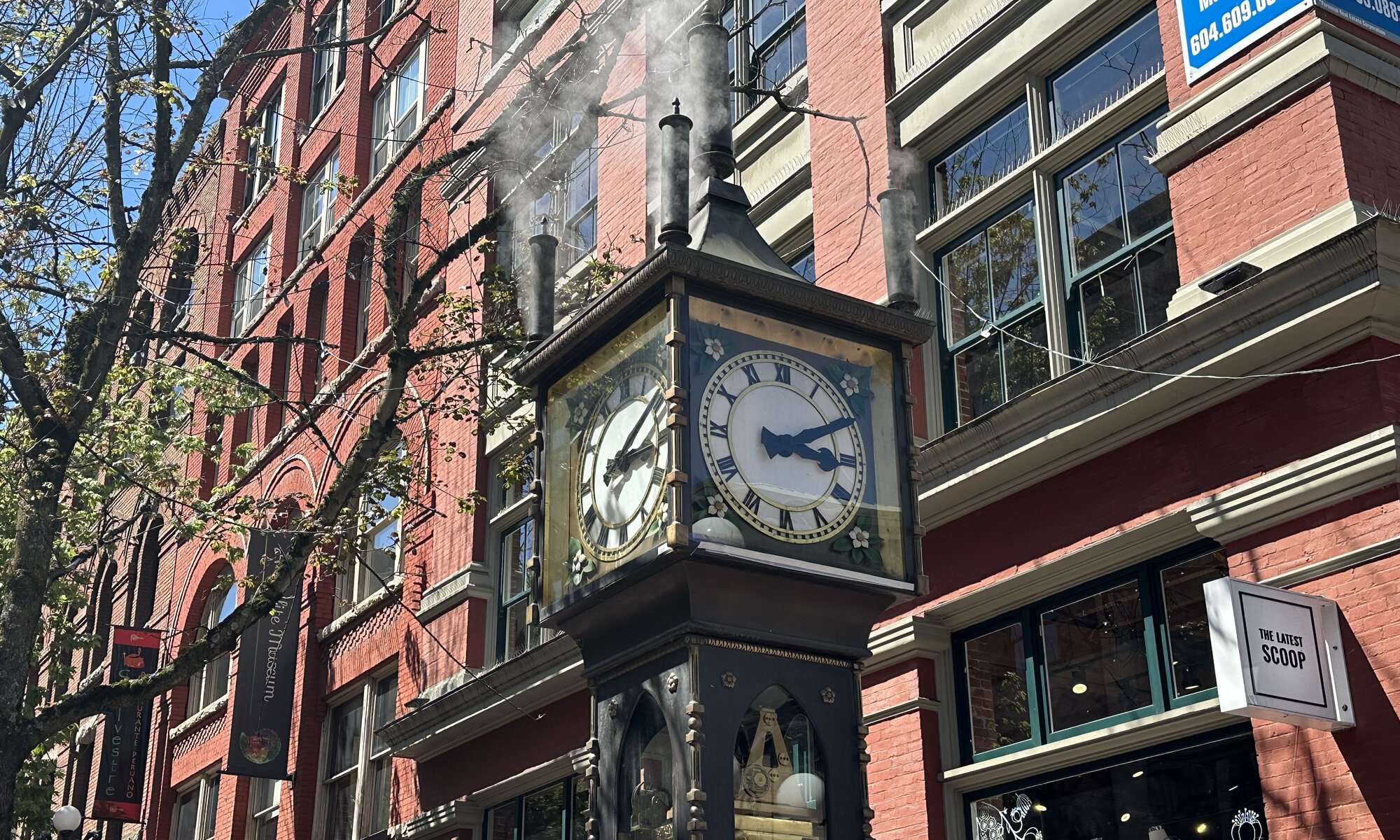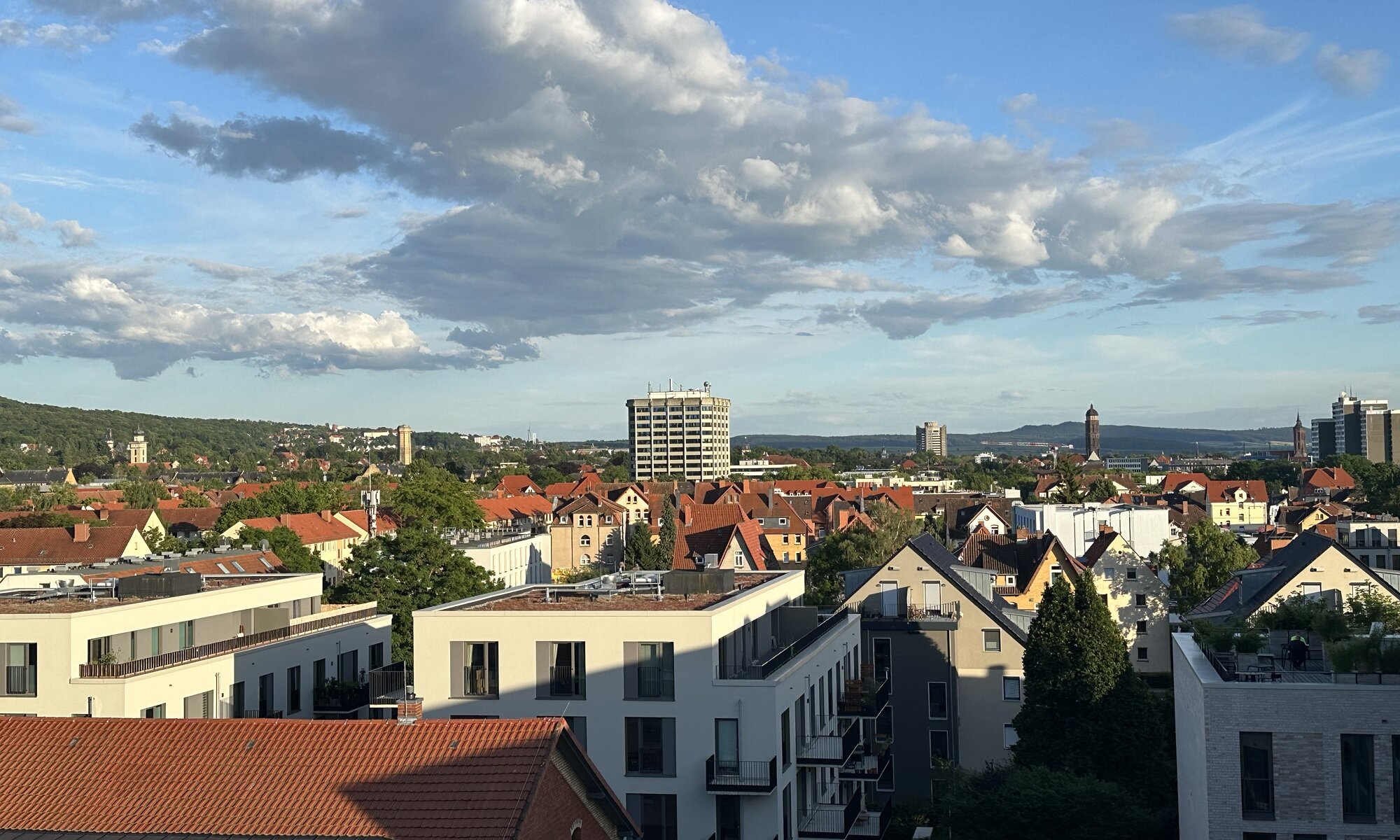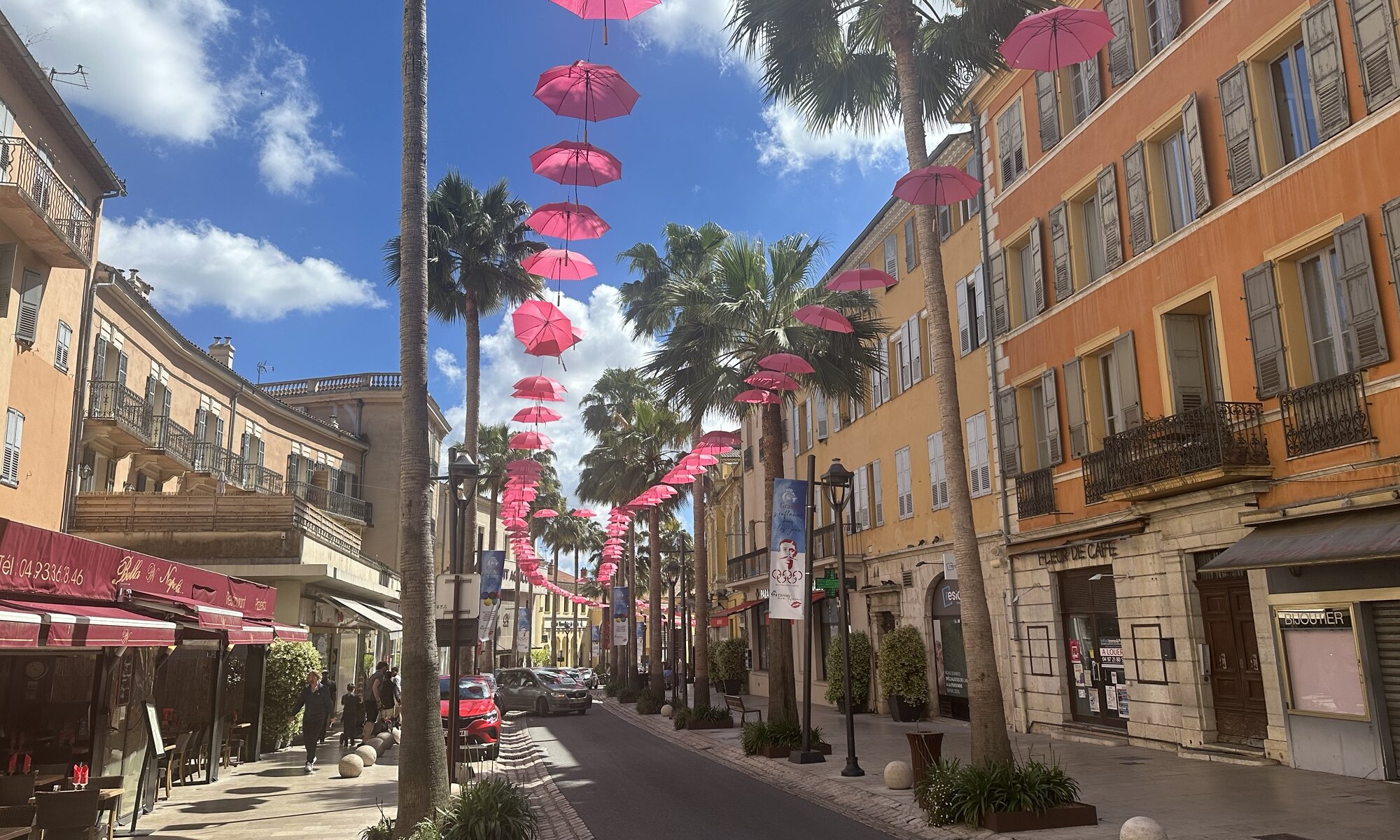A beautiful secluded beach at the end of the world, with a waterfall, caves and a swing – that is Mystic Beach on the southwestern coast of Vancouver Island. Getting there is exhausting and an adventure, as you can reach the beach only on foot passing over wooden walkways, a rope bridge and many stairs, but it is absolutely worth the pain. I was recommended to go there by the employees of my hotel at Vancouver and it was definitely a good choice.
Continue reading “Mystic Beach”Inner harbour
The main attractions of Victoria on Vancouver Island are all grouped around the inner harbour of the city. Once you’ve found your way you can observe aeroplanes and get on water taxis exploring the bay of the capital city of the province British Columbia. Next to the harbor you can find some pretty impressive buildings like the ancient house of the Legislative Assembly of British Columbia or the Hotel Empress. Close-by you can also discover the Royal BC Museum with its historic collection.
Continue reading “Inner harbour”Capilano
I’m just a tiny little bit afraid of heights, but the Capilano suspension bridge is a place to challenge me. It is located in North Vancouver and spans the Capilano river at a height of 70 meters while being 136 meters long. Dependent on who is joining you on the bridge, this can be fun or nightmare. What you might not suspect is that this bridge has a history and was first built in 1888 to access a hut on the other side.
Continue reading “Capilano”Stanley Park
North of Downtown Vancouver you’ll find Stanley Park which is a recreational zone on a half-peninsula named after conservative politician Frederick Arthur Stanley who was Governor General of Canada when it opened as a park in 1888. Stanley Park today has a large forest, contains the Vancouver Aquarium and offers long bicycle routes along the shore (‘seawall‘) giving you great views on the city center and the aeroboat harbor.
Continue reading “Stanley Park”Coral paradise
Vancouver is a city at the Pacific Ocean and for sure you would want to know a bit about sea life. For that reason there’s the amazing Vancouver Aquarium located within Stanley Park. The Vanaqua is the largest marine science center at Canada and was opened in 1956. Today there are 300 species of fish that you can admire, but to me the real stars are the local corals on display that have been beautifully set in scene.
Continue reading “Coral paradise”Granville Island
Underneath the Granville Bridge you’ll find Granville Island, a half-peninsula within the False Creek. It is an artificial island created to host industry and it was converted in the 1970s and attracts many visitors these days. Highlight is the Granville Island Public Market that sells gourmet food which gives you the chance to try a lot of different local produce. It is surrounded by bars and restaurants and you can conveniently sit at the shore of the False Creek and enjoy views on the sea arm.
Continue reading “Granville Island”Aquabus
Public transport at Vancouver relies on the fantastic automated SkyTrain flying through the city as well as busses. But the most lovely means of transport is for sure the Aquabus: little boats operated by just one person each touring clockwise on the False Creek. Just jump on board, tell the operator how far you want to go and buy a ticket from them via credit card directly while floating on the water. Perfect for a round course with beautiful views or to access some nice places across the city.
Continue reading “Aquabus”Gastown
The historic city quarter Gastown can be found in the east of Downtown Vancouver. It was once the germ cell of the city of Vancouver and a very industrial area with a harbor and a saw mill; the place is named after the first innkeeper John ‘Gassy Jack’ Deighton. Gastown burned down in 1886 and there are not many buildings that survived. Icon is the steam-powered clock located at the intersection of Water Street and Cambie Street. Every hour it gives a whistle four times and blows steam once.
Continue reading “Gastown”Nordstadt
There aren’t many spots from which you can enjoy great views on the city center of Göttingen: you can get to the canteen of the Neues Rathaus, access the small terrace of the Kunsthaus or get on top of the Bismarckturm. But none of them normally gives you the chance to have a delicious sundowner while focusing the university town’s skyline. Fortunately, the FREIgeist hotel brings good food and drinks to the Nordstadt of Göttingen – an area in the past not known for fine dining and great cocktails. It has indeed the only real rooftop bar of the city, so get a drink and enjoy sundown!
Continue reading “Nordstadt”Capitale mondiale du parfum
Grasse is known to be the world capital of perfume and therefore that’s all a visit about. The region surrounding it is used to grow different kinds of flowers (mostly lavender, narcissus, cassia, mimosa, violet, iris, roses, jasmine plus bigarade oranges) used in fragrance production and whenever you stroll through the narrow streets and enjoy good views from the mountain you’ll always have a nice scent in your nose.
Continue reading “Capitale mondiale du parfum”